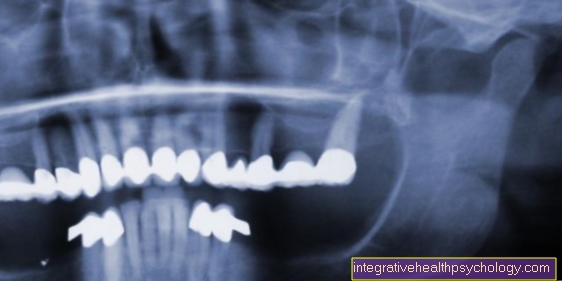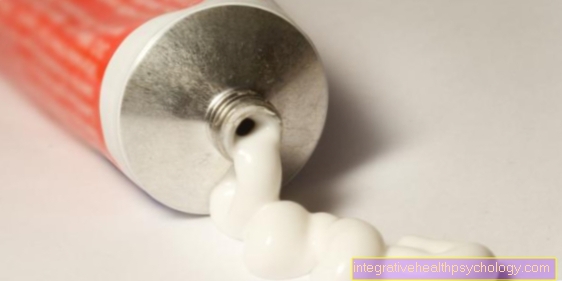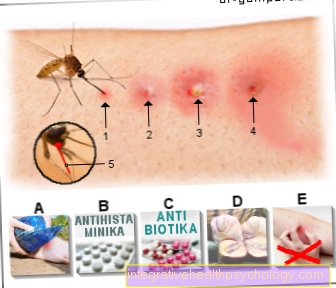Hair transplant
introduction

Every second man suffers a more or less pronounced hair loss in the course of his life.
For many forms of hair loss / baldness that do not respond to drug therapy, there are numerous options for hair transplantation. One of the possible techniques is the transplantation of one's own hair. For permanent hair restoration, the most modern surgical techniques show excellent aesthetic results.
Hair transplantation has been carried out successfully for the last four decades and uses a variety of techniques and methods: first, before each operation, it must be checked which result appears to be useful for which hair course. The more advanced the hair loss, the larger the area to be treated. The doctor should be familiar with the anatomical structures, the vascular supply and the sensory innervation of the scalp. The prerequisite for long-term successful surgical hair reconstruction is therefore a consistent treatment concept that takes into account both the general aging process and individual baldness.
Methods
Follicle Unit Insertion Technique (FUI)
The most common form of autologous hair transplant is the Mini micro graft techniquewhich was introduced in the 80s. The FUI represents the further development in which individual hair be transplanted. It is indicated in androgenetic, congenital and scarring alopecia.
Follicular units contain 1-2 hairs on average. The transplant offers the possibility of increasing the density of hair on the top of the head at the expense of the fringe with minimal scarring. In a standardized manner, an elliptical dispenser is first removed from the back of the head. These hairs are not affected by androgenetic alopecia and continue to grow on the bald areas.
The sampling point is primarily closed without tension by means of a seam. After the removal, the microsurgical preparation follows with the extraction of the follicular units. To avoid damaging the transplants, the dissection is carried out under microscopic magnification. Then the exact implantation of the follicular units takes place in the desired donor area. The exact direction of hair growth, the hair density and the course of the tension lines must be observed.
Since this type of hair transplant involves your own hair transplants, ideally it heals without problems within a few days.
If the findings are clearly pronounced, several treatments may be necessary to achieve a better aesthetic result.
Scaled reduction sculptures and other reconstruction options
Through more plastic surgical techniques it is possible to correct larger scar areas in an aesthetically satisfactory manner.
The affected areas are removed by scalp reproduction plasties or local sliding flaps and the scalp is moved over the defect.
A tissue expander can possibly be used to pre-stretch larger areas. Tissue expanders are silicone sleeves with self-sealing injection ports. They are filled up with injections. The mechanical tissue expansion stretches the skin. By means of local tissue expansion, it is possible to obtain local skin with the same structure and pigment to cover defects.
The greatest possible density of hair follicles can be achieved through local flap plasty. The sharp delimitation of the hairline and a scar at the removal point are particularly critical.
The advantage of the flap resides in the particularly good quality and the rapid achievement of a therapeutic result.
Risks
The following risks exist during hair transplantation:
- Bleeding, which is usually only light and can be stopped quickly
- Nerve and blood vessel injuries, which in the worst case can lead to numbness or abnormal sensations
After the hair transplant, the following can occur:
- Bruising and bleeding
- Crusting and scarring on the treated areas
- Infections that can cause the transplanted hair to die
- Pain
- slight hair loss where hair was removed
Chances of success
The chances of success are between 50 and 80%. However, repeated treatments may improve the result.
costs
The cost of a hair transplant depends on the method chosen and above all on the number of hairs to be transplanted and are between € 2,000 and € 10,000.
As a rule, the health insurance does not cover these costs.





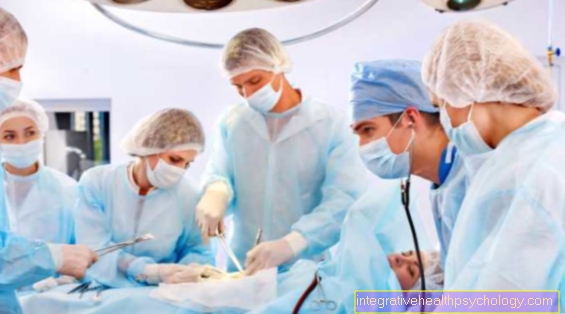
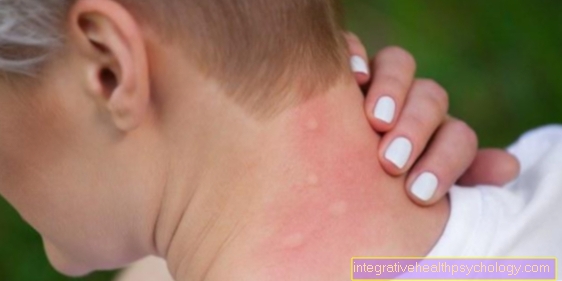

.jpg)


